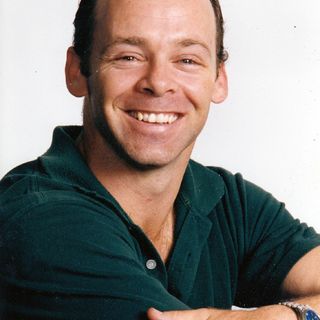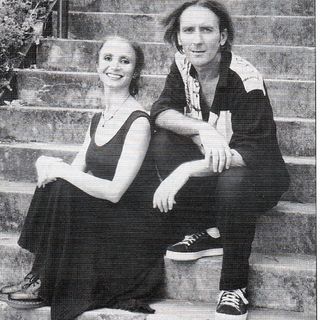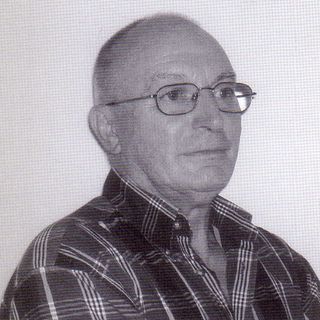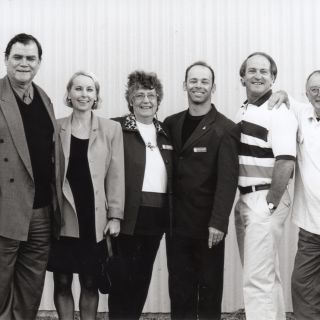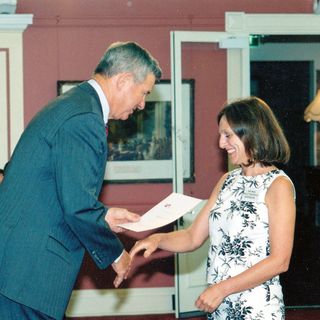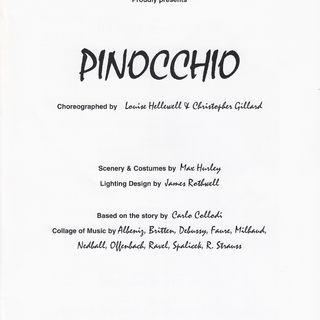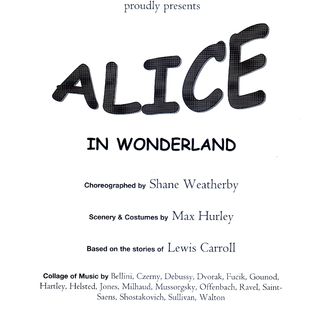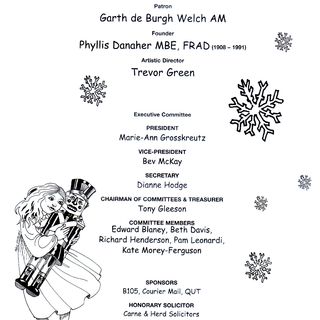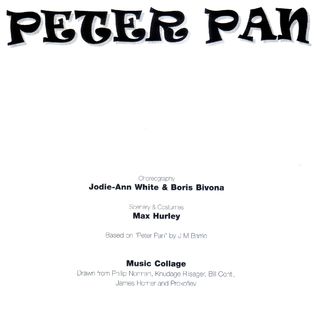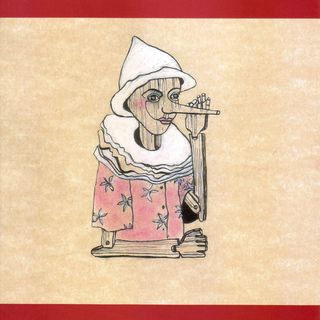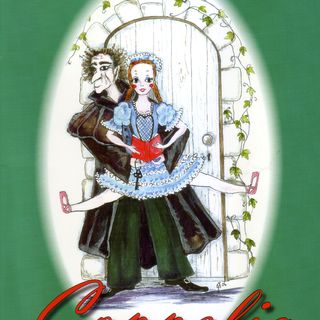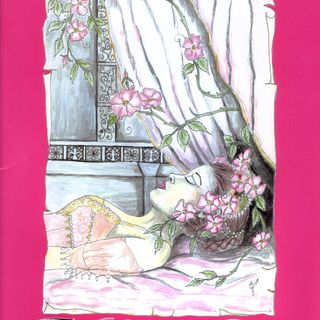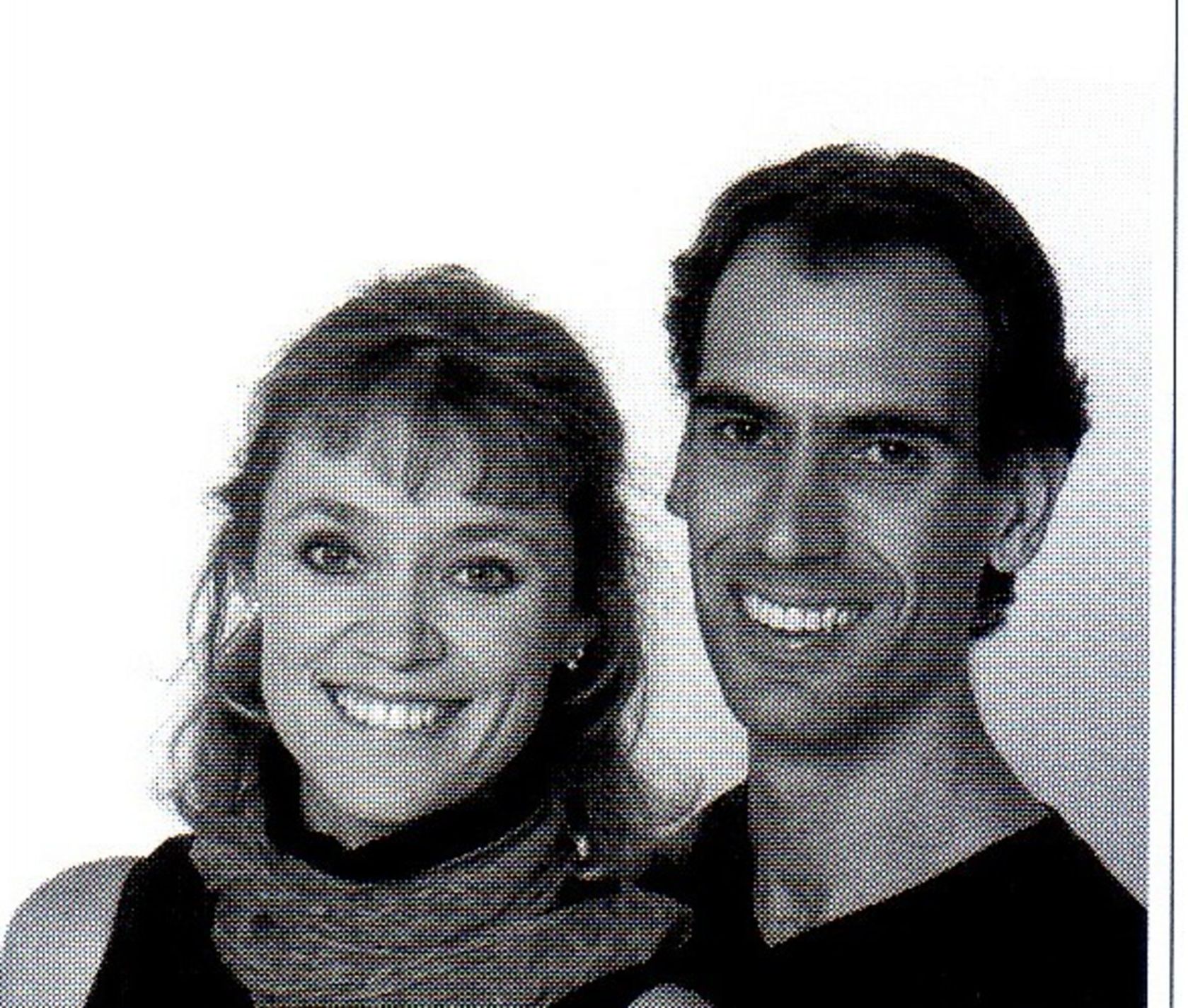
The 2000s
The year 2000 saw the end of a marvellously successful seven years of artistic direction by Louise Hellewell and Christopher Gillard with their final production, Pinocchio, at the Optus Playhouse. Their successor was firstly Shane Weatherby, former principal dancer with Queensland Ballet, appointed in 2000; secondly singer, dancer, actor, director and choreographer Trevor Green, who had enjoyed an international career, took over in 2001; and finally in 2002 another married couple Jodie-Anne White and Boris Bivona were appointed, a position they held until Jodie-Anne’s untimely death in January 2012.
Jodie-Anne and Boris came to BTQ each with 15 years experience as professional dancers with prestigious Australian and European ballet companies. Jodie-Anne danced with The Australian Ballet and toured internationally with the company before joining Balletto del Sud in Italy and Teatro Lirico Giuseppe Verdi Trieste Italy as principal dancer. Italian born, Boris danced with a number of European companies as soloist, and toured extensively in America, the UK and Europe. In Australia they worked as freelance dancers, teachers and choreographers, before setting up their own school, Redland Dance, in Cleveland.
In 2001 the company mounted a spectacular version of Alice in Wonderland, choreographed by Shane Weatherby, designed by Max Hurley and with the Queen of Hearts played by guest artist Mal Czislowski, a dancer whose first association with BTQ dated back to the 1960s. The following year a major remount of The Nutcracker was directed by Trevor Green and assisted by former Ballet Theatre and Queensland Ballet principal dancer Michelle Giammichele.
2001 was also the final year of outstanding dedication to Ballet Theatre by the inspirational and much loved President Marie-Ann Grosskreutz who had served in that role since 1996. Sadly Marie-Ann passed away in 2012 at the age of 78. Another loss to the company was the death in 2009 of former BTQ Artistic Director, choreographer and guest artist Leslie White.
Change was afoot however with a new Committee headed up by new President Kim Swan. In her first President’s Report 2002-2003 she noted:
We tried some new ideas this year: limited role rehearsals instead of “everyone in on a Sunday”; we utilised an Honorary as well as appointed Artistic Directors; we actively encouraged participation by tertiary level dance and creative industries department students; we used our own connections and ran our own publicity campaign of Peter Pan; and we established a terrific web site as a vehicle for communicating not only to dancers but with the wider community.
Her new ideas worked well: the 2003 production of Peter Pan choreographed by Boris Bivona and Jodie-Anne White with artistic assistance from Trevor Green, was a financial and artistic success with the dance critic Olivia Stewart stating: “While the youth company has a long traditional of staging disciplined, accomplished performances, in all aspects this is the most satisfying and enjoyable in recent memory” (The Courier-Mail, January 2003).
The involvement of the QUT Technical Theatre students as stage assistants, wardrobe and dressers worked well too, giving the dancers a deeper sense of a professional production. And the offering of Guest Artist status to QUT Dance students proved successful in attracting experienced senior dancers back to BTQ.
For many years the Foundation for Young Australians (formerly The Queen’s Trust), had regularly given BTQ small grants. A Foundation grant of $10,000 to support the Peter Pan production was the largest amount it had ever given to BTQ. After 2003 however, no further grants from this organisation were forthcoming. With no government funding available the loss of this funding stream was significant.
The artistic team of Jodie-Anne, Boris, Trevor and Max Hurley produced another great success with their 2004 production of Aladdin. And another positive review by dance critic Olivia Stewart began with the statement: “What Ballet Theatre of Queensland achieves year in year out without receiving any funding is quite remarkable” (The Courier-Mail, 16 January 2004).
That year BTQ commenced a scenery and costume hire business which reaped financial rewards immediately, and was to prove a reliable source of income for years to come. Another change was prompted by the decline in families’ availability for volunteering especially for costume making: with members approval, the annual performance fee was raised from $150 to $300 per annum allowing costume making to be out-sourced thus raising the production values in that area. Also important was the ongoing sponsorship with Radio Station B105.
Before she retired after three years in the job, President Kim Swan nominated Max Hurley - BTQ’s extraordinarily gifted costume and set designer - for life membership, an honour he richly deserved and which he was pleased to accept. In fact the 2005 production of Beauty and the Beast was the last time Max Hurley worked his creative magic on costume and set design for Ballet Theatre.
Reliant on revenue from one annual production to support the next, BTQ found that while the 2006 production of Pinocchio had done reasonably well at the box office, it ended the year poorly placed financially to support the planned 2007 production of Coppelia. The biggest expense was always the hire of QPAC. The grim situation was rescued however by a very generous $20,000 donation by the Carter & Spencer Group, resulting in a delightful Coppelia season which happily succeeded artistically and financially.
Ballet Theatre finished the decade with over 50 young people taking to the stage for The Sleeping Princess in 2008 and Don Quixote in 2009. The steady guiding hand of Artistic Directors, Jodie-Anne White and Boris Bivona was a great gift to Ballet Theatre in the first decade of the new century and the professional level experiences they gave to hundreds of aspiring dancers was exceptional.
Researcher and writer: Dr Christine Comans


